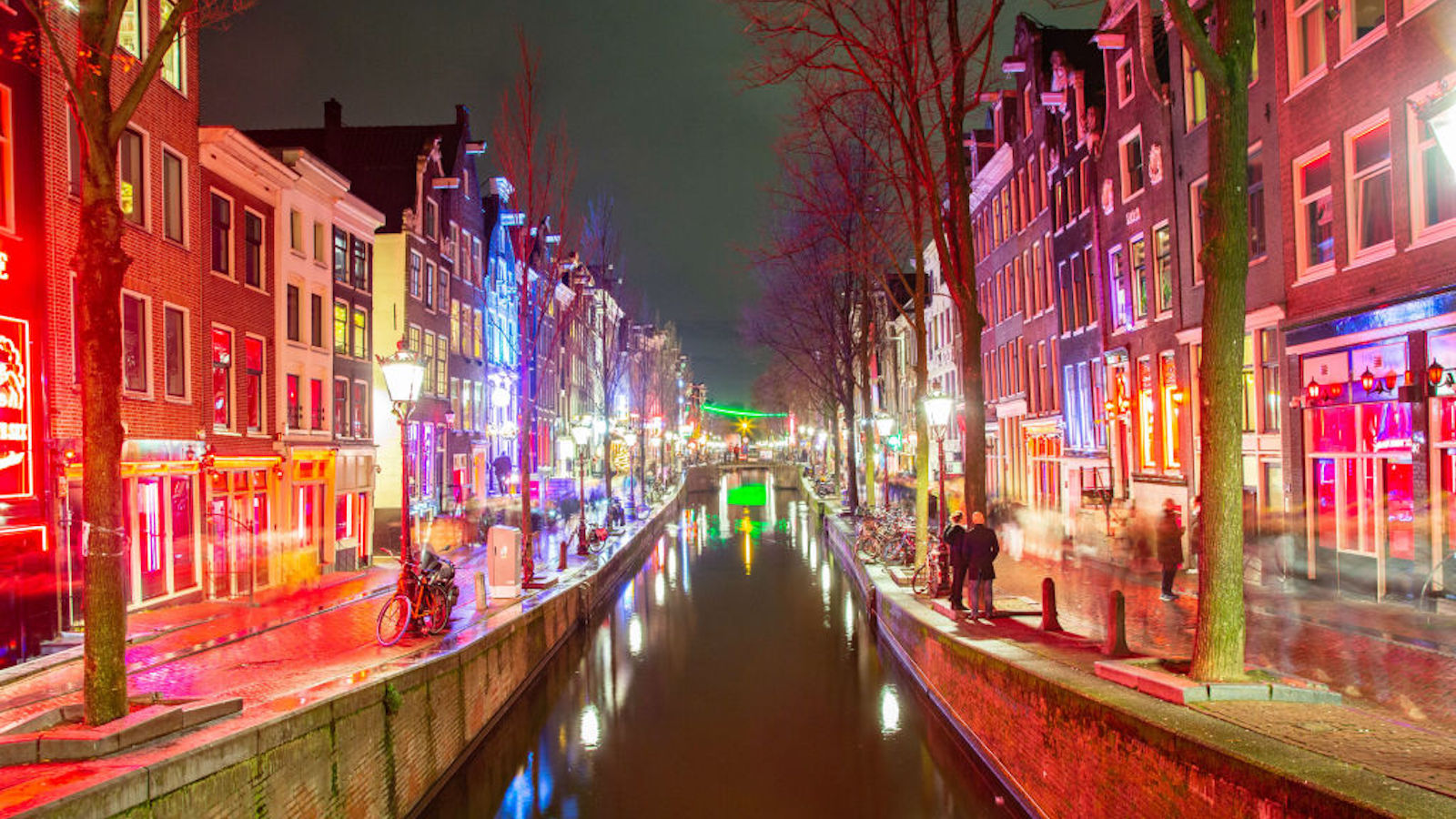After Considering it a Menace for Years, Cities Now Embrace Street Art

The relationship between art and society has been deconstructed for what seems like forever. But as the definition of art and performance has broadened over time, some members of society haven’t been quite so open to certain artistic expression. Finally, after spending years suppressing certain types of street art, cities all over the world are now starting to embrace the outdoor art that has evolved drastically over time.
What started out with graffiti in the 1980s was interpreted by most city officials as an extension of gang behavior. Even today, some street artists have seen swift retribution from city police. But this summer in particular, a number of cities have begun to embrace street art instead of fight it. As street art has grown far beyond graffiti, artists and even simple civilians looking to express themselves artistically in public are being readily enabled. In Japan, manhole covers have been claimed by artists as a fascinating canvas. After seeing them in London and Sydney, the city of New York is installing pianos around town and encouraging people to play them. In London, a city that has been at the fore of street art, Kevin Spacey has even taken notable urban pieces and decided to exhibit them in his theatre.
But this open embrace for street art isn’t only taking place in the world’s largest and most-cosmopolitan cities. Around the world, areas from Missouri to Prague to Belgrade have seen an organic street art movement take place. On a larger scale, street art has even become a vital marketing tool, which probably has a lot to do with city officials changing their views on the medium. Even the environmental movement has tapped into its power and reach.
While artists like Banksy and Shepard Fairey have expanded the reach of their particular guerilla style of art, the film “Exit Through the Gift Shop” has managed to find an entirely new audience for this medium. As a result, it has been fully embraced by academia as well. While there are courses giving students an opportunity to review street art in Buenos Aires, the evolution of the medium has become an interesting study subject. In March, a new study from the Journal of Consumer Research even found that street art was actually rejuvenating many public places. So some of this weird, abstract stuff is actually good for us? It’s certainly interesting to look at.





